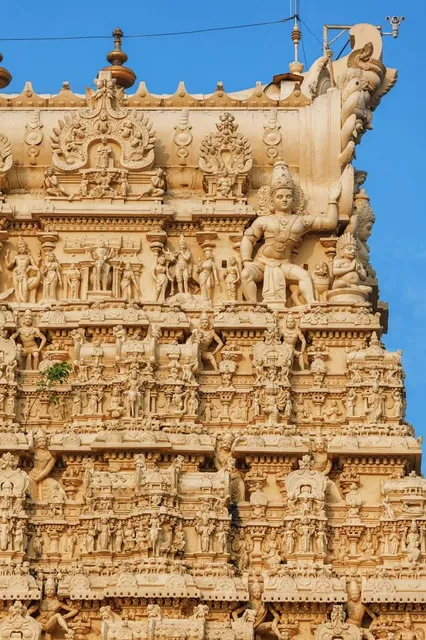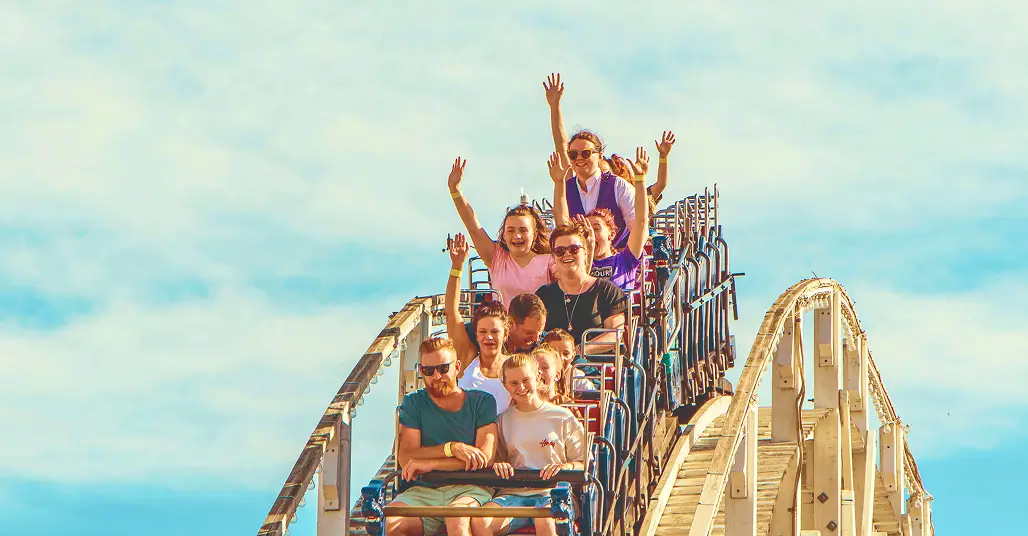Sree Padmanabhaswamy Temple things to do, attractions, restaurants, events info and trip planning
Basic Info
Sree Padmanabhaswamy Temple
West Nada, Fort, East Fort, Pazhavangadi, Thiruvananthapuram, Kerala 695023, India
4.7(20.5K)
Open 24 hours
Save
spot
spot
Ratings & Description
Info
The Shree Padmanabhaswamy Temple is a Hindu temple, dedicated to Vishnu, in Thiruvananthapuram, the capital of the state of Kerala, India. It is one of the 108 Divya Desams dedicated to Lord Vishnu. It is widely considered as the world's richest Hindu temple.
Cultural
Family friendly
attractions: Ananthankadu Sree Nagaraja Temple Trust, Sunil's Wax Museum Trivandrum, Maharaja Swathi Thirunal Palace, Pazhavangaadi Sree Maha Ganapathy Temple, Methan Mani, Puthen Malika Palace Museum, Sreekanteswaram Temple, Ananthavilasam Palace, Sree Mithranandapuram Thrimoorthy Temple, Navarathri Mandapam, restaurants: Sri Udupi Hotel And Lodge, Venkadesa Bhavan, Gauri Shankar Hotel, Hotel Annapoorna, Sree Padmanabha hotel, Srinivasa Tiffin Centre, Hotel Annapoorna (Pure Veg), Swaad Restaurant, Sree Arya Bhavan( Pure Veg), SPS Inn Bhojan Seva
 Learn more insights from Wanderboat AI.
Learn more insights from Wanderboat AI.Phone
+91 471 245 0233
Website
spst.in
Plan your stay

Pet-friendly Hotels in Kerala
Find a cozy hotel nearby and make it a full experience.

Affordable Hotels in Kerala
Find a cozy hotel nearby and make it a full experience.

The Coolest Hotels You Haven't Heard Of (Yet)
Find a cozy hotel nearby and make it a full experience.

Trending Stays Worth the Hype in Kerala
Find a cozy hotel nearby and make it a full experience.
Reviews
Nearby attractions of Sree Padmanabhaswamy Temple
Ananthankadu Sree Nagaraja Temple Trust
Sunil's Wax Museum Trivandrum
Maharaja Swathi Thirunal Palace
Pazhavangaadi Sree Maha Ganapathy Temple
Methan Mani
Puthen Malika Palace Museum
Sreekanteswaram Temple
Ananthavilasam Palace
Sree Mithranandapuram Thrimoorthy Temple
Navarathri Mandapam

Ananthankadu Sree Nagaraja Temple Trust
4.7
(263)
Closed
Click for details
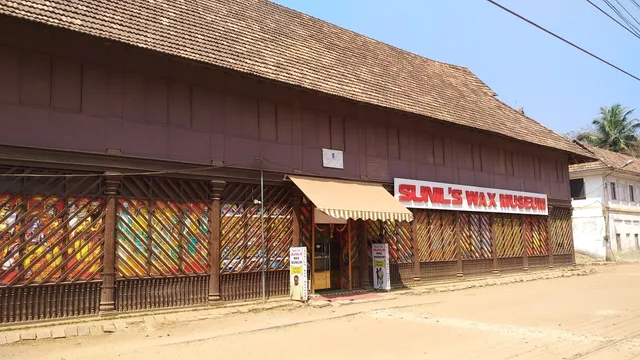
Sunil's Wax Museum Trivandrum
4.4
(1.7K)
Open 24 hours
Click for details
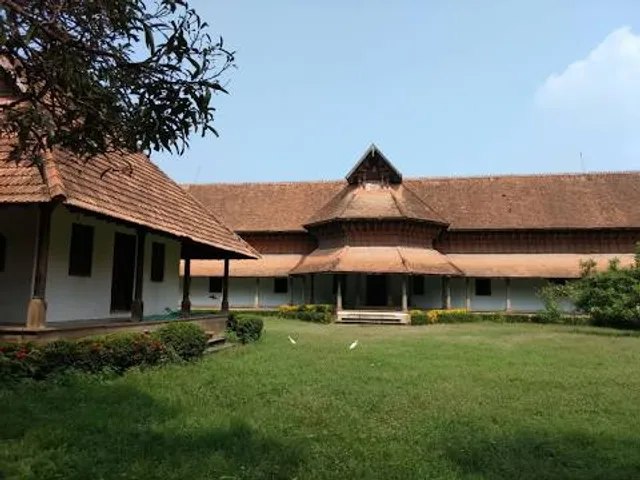
Maharaja Swathi Thirunal Palace
4.5
(607)
Open 24 hours
Click for details
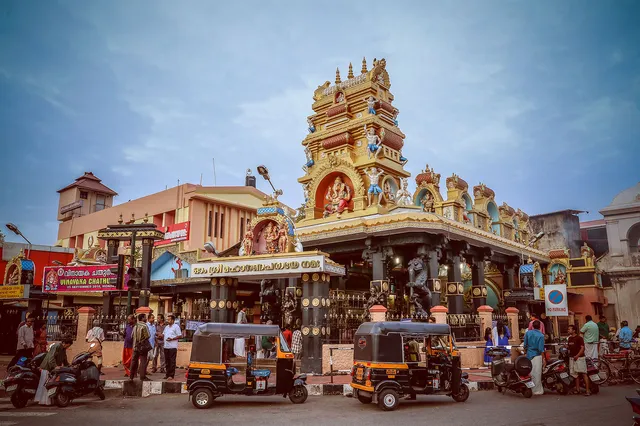
Pazhavangaadi Sree Maha Ganapathy Temple
4.8
(4.7K)
Open 24 hours
Click for details
Nearby restaurants of Sree Padmanabhaswamy Temple
Sri Udupi Hotel And Lodge
Venkadesa Bhavan
Gauri Shankar Hotel
Hotel Annapoorna
Sree Padmanabha hotel
Srinivasa Tiffin Centre
Hotel Annapoorna (Pure Veg)
Swaad Restaurant
Sree Arya Bhavan( Pure Veg)
SPS Inn Bhojan Seva
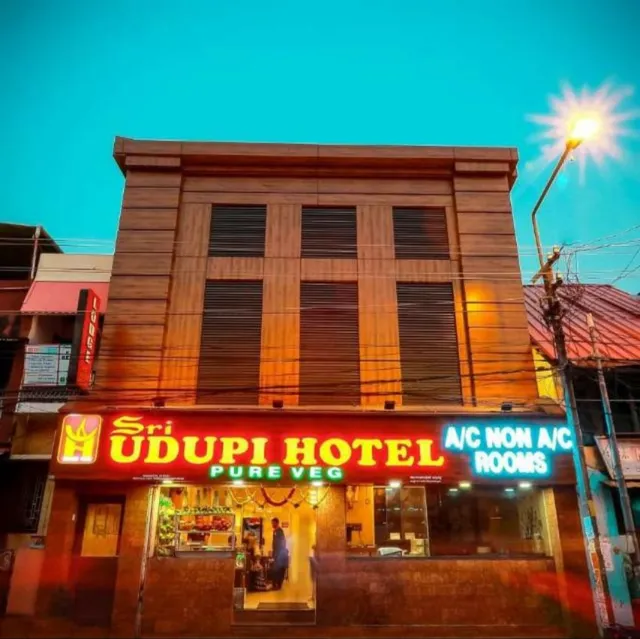
Sri Udupi Hotel And Lodge
3.8
(1.1K)
Click for details
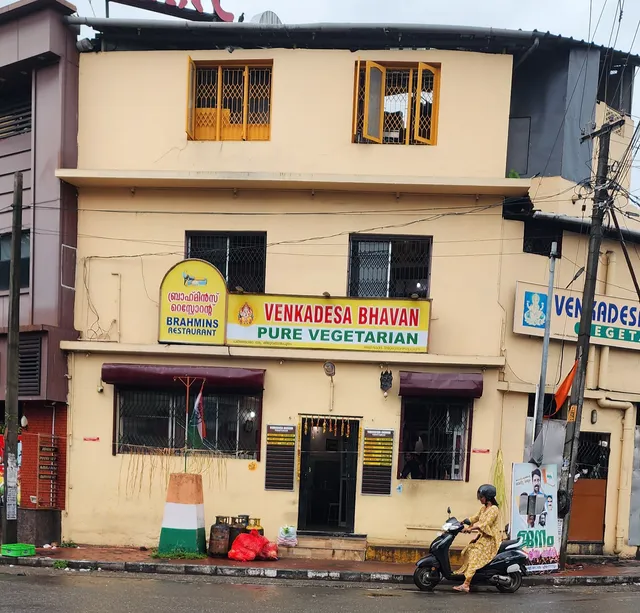
Venkadesa Bhavan
4.1
(1.1K)
Click for details
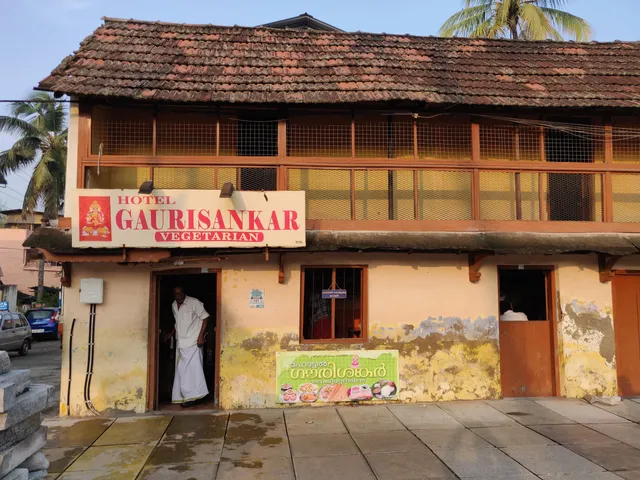
Gauri Shankar Hotel
4.3
(392)
Click for details

Hotel Annapoorna
4.0
(271)
Click for details
